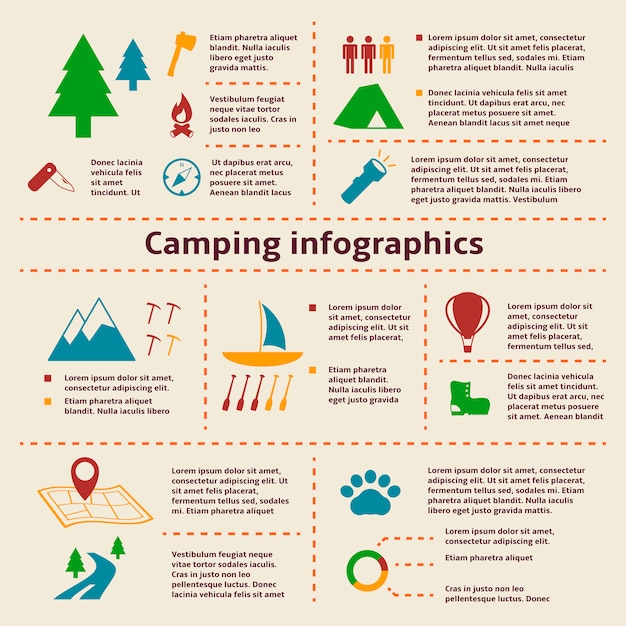Winter months outdoor camping is a fun and daring experience, but it requires proper equipment to guarantee you stay warm. You'll need a close-fitting base layer to trap your body heat, along with an insulating coat and a water-proof shell.
You'll likewise require snow stakes (or deadman supports) buried in the snow. These can be linked using Bob's creative knot or a regular taut-line hitch.
Pitch Your Tent
Winter months camping can be an enjoyable and adventurous experience. Nonetheless, it is important to have the appropriate equipment and recognize how to pitch your camping tent in snow. This will certainly prevent cold injuries like frostbite and hypothermia. It is additionally vital to eat well and stay hydrated.
When establishing camp, see to it to select a site that is sheltered from the wind and without avalanche danger. It is additionally an excellent idea to load down the area around your outdoor tents, as this will help reduce sinking from temperature.
Prior to you established your outdoor tents, dig pits with the same size as each of the anchor factors (groundsheet rings and individual lines) in the center of the tent. Fill these pits with sand, stones or even stuff sacks full of snow to portable and safeguard the ground. You might additionally want to consider a dead-man anchor, which involves connecting tent lines to sticks of timber that are hidden in the snow.
Pack Down the Area Around Your Outdoor tents
Although not a necessity in the majority of locations, snow stakes (also called deadman anchors) are an outstanding addition to your tent pitching kit when camping in deep or compressed snow. They are basically sticks that are designed to be buried in the snow, where they will freeze and create a solid anchor factor. For ideal outcomes, make use of a clover drawback knot on the top of the stick and hide it in a few inches of snow or sand.
Establish Your Tent
If you're camping in snow, it is a great idea to utilize a tent created for winter backpacking. 3-season outdoors tents work great if you are making camp listed below tree zone and not expecting particularly harsh weather condition, yet 4-season camping tents have tougher poles and materials and offer more defense from wind and heavy snowfall.
Make certain to bring adequate insulation for your sleeping bag and a cozy, dry inflatable mat to sleep on. Inflatable mats are much warmer than foam and help protect against cool areas in your camping tent. You can also include an added floor covering for sitting or food preparation.
It's likewise a good concept to establish your camping tent near a natural wind block, such as a group of trees. This will certainly make your camp extra comfy. If you can't find a windbreak, you can develop your very own by digging openings and burying items, such as rocks, tent stakes, or "dead man" supports (old outdoor tents guy lines) with a shovel.
Tie Down Your Camping tent
Snow risks aren't essential if you use the ideal strategies to secure your camping tent. Buried sticks (maybe accumulated on your method walking) and ski poles work well, as does some version of a "deadman" hidden in the snow. (The breathability idea is to develop an anchor that is so solid you won't be able to draw it up, even with a lot of initiative.) Some manufacturers make specialized dead-man anchors, yet I prefer the simpleness of a taut-line drawback tied to a stick and after that hidden in the snow.
Recognize the terrain around your camp, especially if there is avalanche risk. A branch that falls on your outdoor tents can damage it or, at worst, hurt you. Likewise watch out for pitching your tent on a slope, which can trap wind and cause collapse. A protected location with a low ridge or hill is much better than a high gully.
